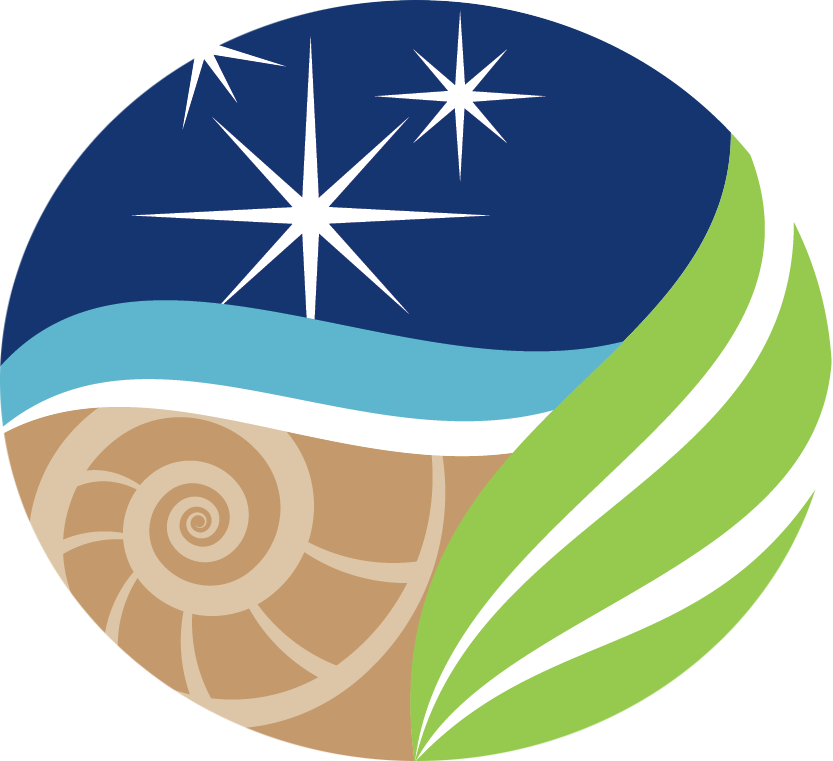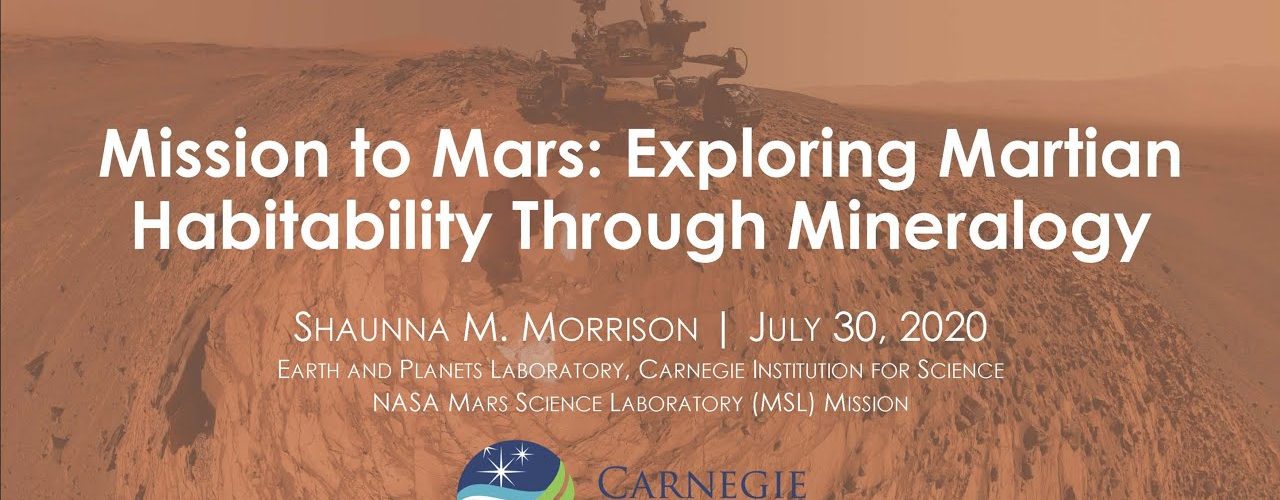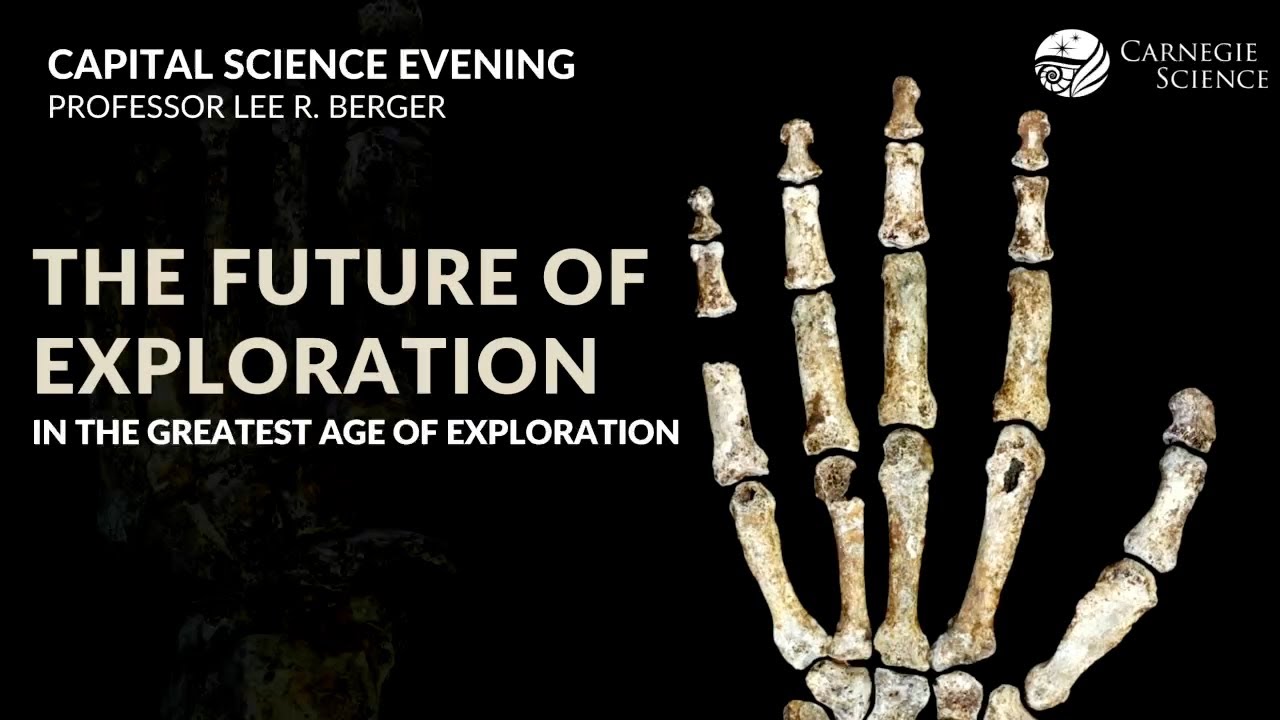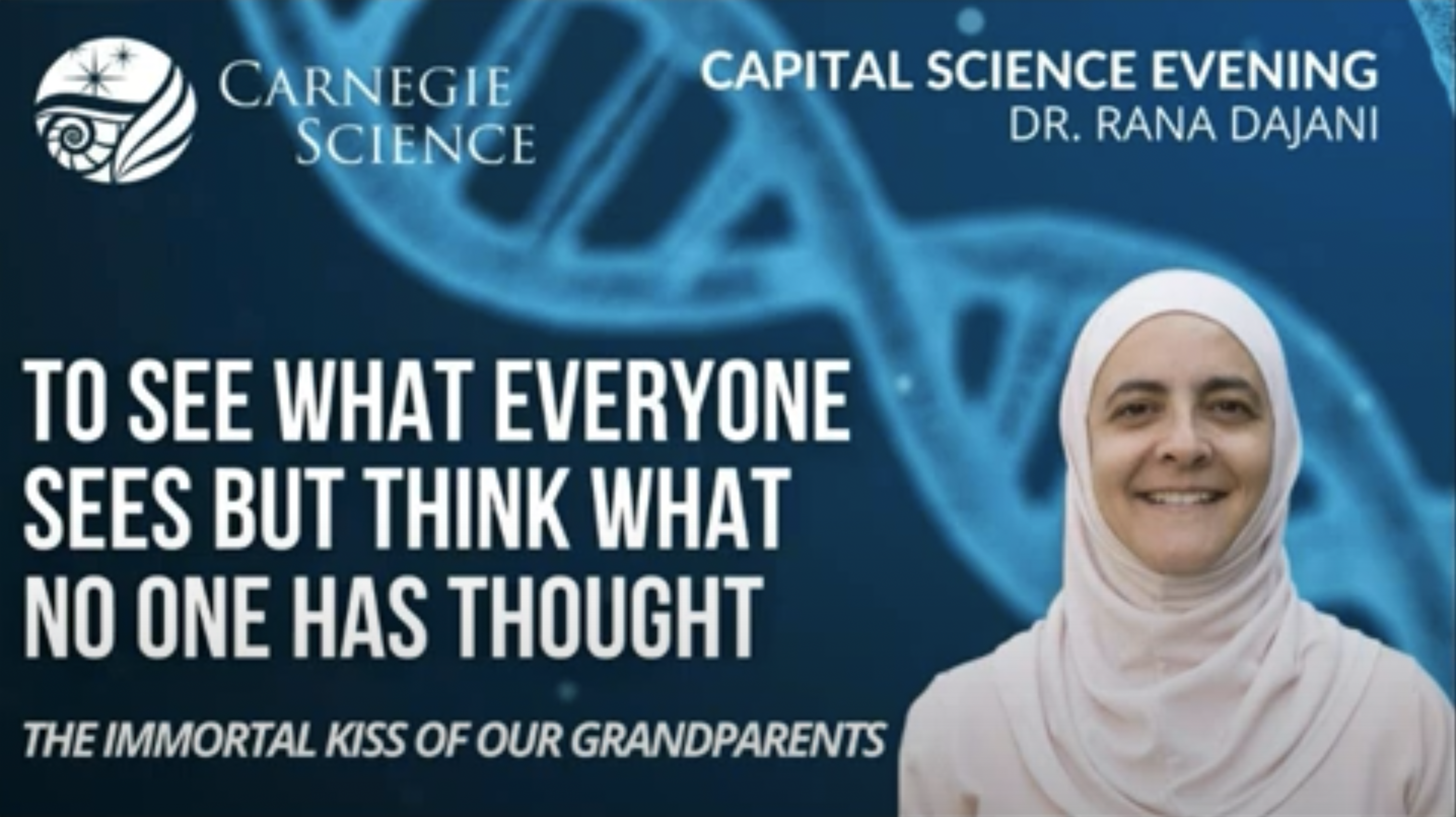Join us to learn about how to study the mineralogy of another planet from Carnegie Research Scientist Shaunna Morrison.
Minerals are novel combinations of elements. At our Earth and Planets Laboratory, Morrison uses data-driven approaches to study the forces that shaped a mineral’s formation in a particular location. She and her collaborators use advanced computing tools to probe for connections in the makeup of Earth’s minerals that can tell us about our planet’s current and historical geologic cycles and how the geosphere and biosphere evolved in concert. She also uses Martian rover data to reveal new details about the Red Planet’s mineralogy.
In 2018, Morrison developed a way to glean more information from the Mars Curiosity Rover’s Chemistry and Mineralogy Instrument, allowing scientists to understand Martian mineralogical history and potential for habitability at in unprecedented detail. Last year, she was part of a team that recalibrated one of the instruments on the rover to better understand how Mars’ Mount Sharp formed inside its Gale Crater, which has been a longstanding Martian mystery.
Morrison completed a bachelor’s degree in geology at Georgia Southwestern State University and a master’s degree and Ph.D. in geosciences at the University of Arizona. She joined Carnegie as a postdoctoral researcher in 2017 and last year was named a Research Scientist. Since 2012, she has been a member of the Mars Science Laboratory Mission’s Science Team and a Co-Investigator on the Chemistry and Mineralogy Instrument.
July 30, 2020





